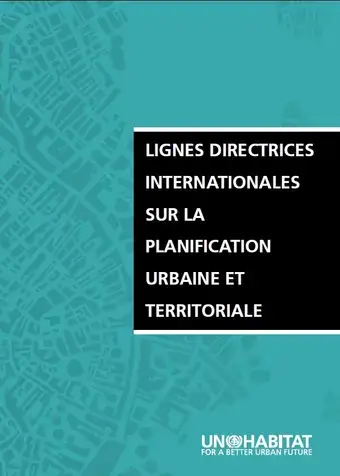 The United Nations Advisory Committee of Local Authorities (UNACLA) was established in 1999 by the Governing Council Resolution 17/18 as “an advisory body that would serve the purpose of strengthening the dialogue with local authorities from all over the world involved in the implementation of the Habitat Agenda”.
The United Nations Advisory Committee of Local Authorities (UNACLA) was established in 1999 by the Governing Council Resolution 17/18 as “an advisory body that would serve the purpose of strengthening the dialogue with local authorities from all over the world involved in the implementation of the Habitat Agenda”.
Rabat Declaration
 We, the participants gathered in Rabat, Morocco, from 26 to 28 November 2012 at the international conference "Making Slums History: a worldwide challenge for 2020", under the High Patronage of His Majesty the King to review and share global progress in improving the living conditions of slum dwellers between 2000 and 2010 and devise a strategy for inclusive, sustainable and prosperous cities.
We, the participants gathered in Rabat, Morocco, from 26 to 28 November 2012 at the international conference "Making Slums History: a worldwide challenge for 2020", under the High Patronage of His Majesty the King to review and share global progress in improving the living conditions of slum dwellers between 2000 and 2010 and devise a strategy for inclusive, sustainable and prosperous cities.
 In our world, one in eight people live in slums. In total, around a billion people live in slum conditions today. This not only amounts to a rather unacceptable contemporary reality but to one whose numbers are continuously swelling.
In our world, one in eight people live in slums. In total, around a billion people live in slum conditions today. This not only amounts to a rather unacceptable contemporary reality but to one whose numbers are continuously swelling.